Life and Death in Pompeii and Herculaneum

The stories of Pompeii and Herculaneum are renowned throughout the world. The very mention of their names is synonymous, not with the towns standing on their site today (Ercolano, in the case of the latter), but with the catastrophic volcanic eruption from Mount Vesuvius in Southern Italy which totally obliterated these small Roman cities on 24 August, AD 79. It is an eruption which has gone down in tectonic history as one of the most devastating eruptions in the last two millennia, an event whose very details were captured in the contemporary writings of Pliny the Younger, as well as in the rich geological history which the layers of ash and pumice which spouted out of the volcano can now provide. However, perhaps the greatest irony of this eruption was that in causing the total destruction and devastation of two Roman cities, and then blanketing the burnt urban carcass in several metres of dense ash and pumice, the eruption had the converse effect of actually preserving, sometimes perfectly, a imprint of Roman urban life, providing one of the largest ever discovered archaeological hauls of Roman remains so rich and diverse in its breadth that it provides 21st century audiences with a truly unique insight into societal life some 2,000 years ago.
It is this rich collection of excavated artefacts around which the British Museum’s latest blockbuster exhibition, Life and Death in Pompeii and Herculaneum, is centred, a singularly unique exhibition and a first of its kind, because so many of the pieces on show have never been seen outside of Italy before. The exhibition results from the direct collaboration between the British Museum and the Archaeological Superintendancy of Naples and Pompeii, and consequently some absolute gems of Pompeian and Herculenean society are now in London for the first time.
 Concentrating on the daily lives of the Romans living in these doomed cities, the exhibition is cleverly curated so that the various items on display are grouped thematically into the rooms of a “house” in which they would have been found. In meeting this objective, the layout of the show is based on a reconstructed idea of what a real Pompeian house (the so called “House of the tragic poet”) would have looked like. Consequently, after a large cinematic presentation which provides a well-animated introduction to the show, you start off in what would have been a Roman street, where various paraphernalia of trading life can be seen. Then, heading inside, you enter the atrium, the hall way of a Roman house which would have been flooded with light owing to the skylight which plunged through the centre of most Roman atriums. In this room, the objects on show included some stunning marble statues with barely a chip or scratch in sight, mosaics which would have lined the hallway floor reminding visitors to “Beware of the Dog”, and frescoes depicting the possible Roman occupants of the houses – here what is thought to be the baker Terentius Neo and his wife.
Concentrating on the daily lives of the Romans living in these doomed cities, the exhibition is cleverly curated so that the various items on display are grouped thematically into the rooms of a “house” in which they would have been found. In meeting this objective, the layout of the show is based on a reconstructed idea of what a real Pompeian house (the so called “House of the tragic poet”) would have looked like. Consequently, after a large cinematic presentation which provides a well-animated introduction to the show, you start off in what would have been a Roman street, where various paraphernalia of trading life can be seen. Then, heading inside, you enter the atrium, the hall way of a Roman house which would have been flooded with light owing to the skylight which plunged through the centre of most Roman atriums. In this room, the objects on show included some stunning marble statues with barely a chip or scratch in sight, mosaics which would have lined the hallway floor reminding visitors to “Beware of the Dog”, and frescoes depicting the possible Roman occupants of the houses – here what is thought to be the baker Terentius Neo and his wife.
To the right of the atrium, a gallery set out as the bedroom included some quite incredibly preserved Roman wooden furniture, including a rocking baby crib and a stool, as well as an elaborately carved bed stead (all now heavily carbonated). Meanwhile to the left, what would have been the salon area for entertaining included an explanation of what has since become known as the “Pompeian style” of interior design, which comprises exquisitely detailed mosaic flooring, and walls painted with highly realistic and often stylised frescoes in four principal styles, all sharing common themes of richly elaborate pattern together with boxes showing pastiches and scenes from life or mythology, as well as the use of deep colours, generally rich reds and golds and blues.  I was completely awestruck at just how sophisticated Roman art was – the shadows and tone of human skin as painted on these frescoes rivals anything done in the renaissance, and makes the art of the medieval era, which of course came along hundreds of years after the Roman empire fell, look completely childish and naïve. As for the mosaics, some of the pieces on show were nothing short of astounding, not least a mosaic depicting sea creatures, with its incredibly realistic depiction of fish and other ocean creatures of every size and variety – I love the powerful composition with a staring octopus at the centre appearing almost to enter into battle with the lobster.
I was completely awestruck at just how sophisticated Roman art was – the shadows and tone of human skin as painted on these frescoes rivals anything done in the renaissance, and makes the art of the medieval era, which of course came along hundreds of years after the Roman empire fell, look completely childish and naïve. As for the mosaics, some of the pieces on show were nothing short of astounding, not least a mosaic depicting sea creatures, with its incredibly realistic depiction of fish and other ocean creatures of every size and variety – I love the powerful composition with a staring octopus at the centre appearing almost to enter into battle with the lobster.
But perhaps my two favourite rooms of this “house” were the garden area, which came decked with some luscious garden frescoes, and the kitchen, which was packed with some incredibly contemporary looking cooking paraphernalia. I loved the tranquillity of the garden space, and can imagine how beautiful it must have been to stroll around colonnaded walkways, painted with these verdant green frescoes, depicting birds and lush plants, while at the centre a fountain would trickle, a sign of ultimate wealth in its extravagant use of precious water for entertainment.
As for the kitchen, I was astounded to see what had been discovered from Pompeii and Herculaneum – actual figs, ripe on the day of the eruption, now preserved as carbon forms under the ash; and a loaf of bread, still imprinted with the name of the slave who baked it! The utensils too were fascinating to see – what looks like a colander for straining vegetables, but punctured with holes forming their own elaborate pattern into the metal; and there too was a pot ingeniously conceived just for the fattening up on dormice (which would then be roasted and ate dipped in honey).
But after this fascinating stroll through Roman life, the inevitable ending to the story follows suit, like the inescapable tide of history washing over Roman life like the pyroclastic surge catapulted down the volcano, wiping out city life in seconds. The “death” part of the exhibition is as poignant as the “life” section is revealing. Particularly startling are the plaster casts of the dead, found in Pompeii. These casts were made from filling in the gap left in the hardened ash once the bodies underneath rotted away. What we had before us then wasn’t an actual body, but a shadow of one; a poignant and again unique insight into the death of these now faceless humans, cowering away from the extreme heat at that moment of their instant death. Who could not be saddened by the sight of a whole plaster cast family, with the baby still shown laden in its blanket. And don’t forget the dog – that poor animal met his fate in the same way too. Incredibly and moving stuff, that brings us face to face with the tragedy that was Pompeii and Herculaneum, AD 79.
This exhibition is a must see for anyone living in London or soon to visit. On until 29 September 2013, it still has a fair stretch to go, but be not complacent – it’s extremely popular and advance booking is essential. You can get your ticket on the British Museum website. Unless you’re heading Italy-way anytime soon, this exhibition comes highly recommended as a unique insight into a civilisation now dead, but not lost.

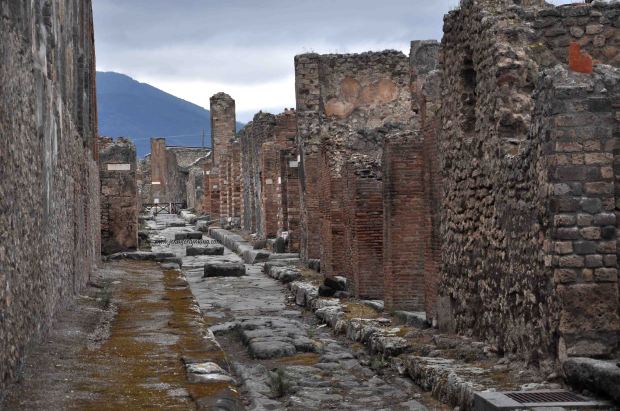



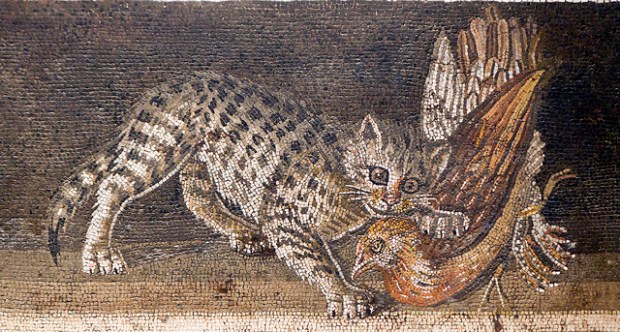
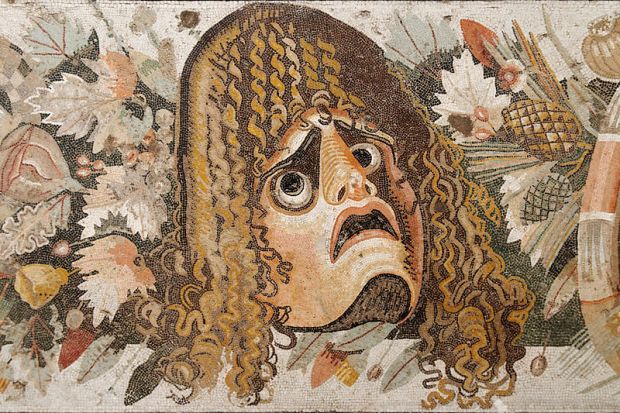

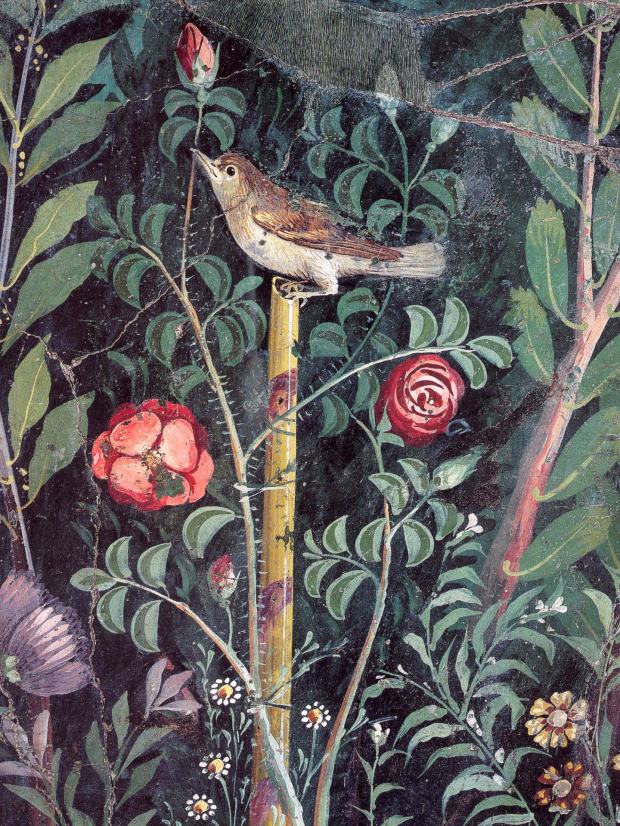



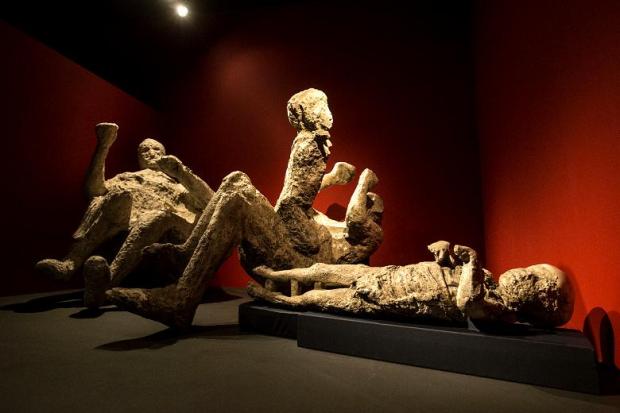

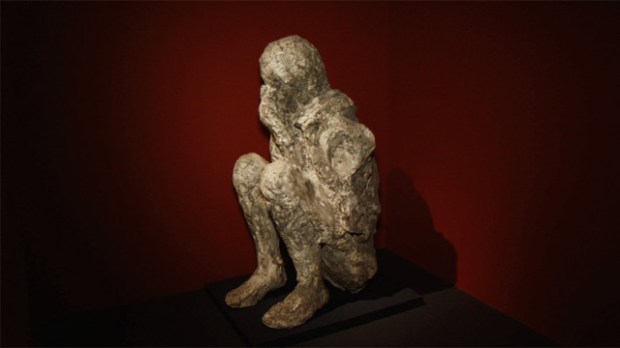







































So incredibly fascinating!! Totally overwhelming. I so wish i could see this.. well done London for managing to put this on. Thank you for showing this to us, i love my Daily Norm! This also brings back memories of being in Pompeii with you!! Strolling through the alleys, visiting the brothel and the bar! XO
I know! I was thinking that throughout the exhibition – us in Pompeii, watching Dan and Tom play gladiators in that big arena, and the brothel, and the amazing cobbled streets… I miss that course so much! The Daily Norm loves you – it would be nothing without your support xxx
Reblogged this on NERVOSI.
Haven’t got to this yet but went to a talk yesterday on the gardens – whetted my appetite for more!